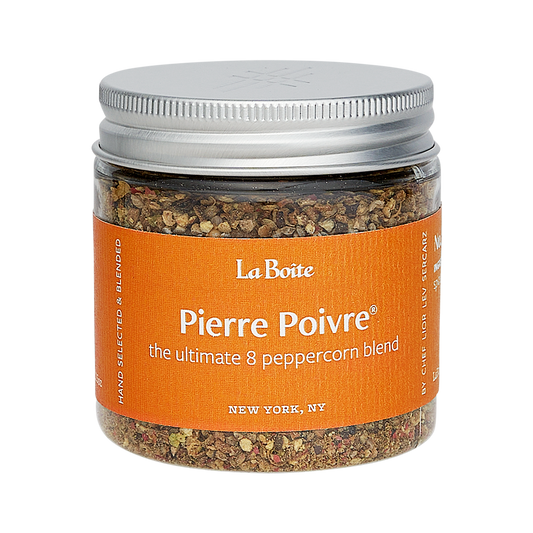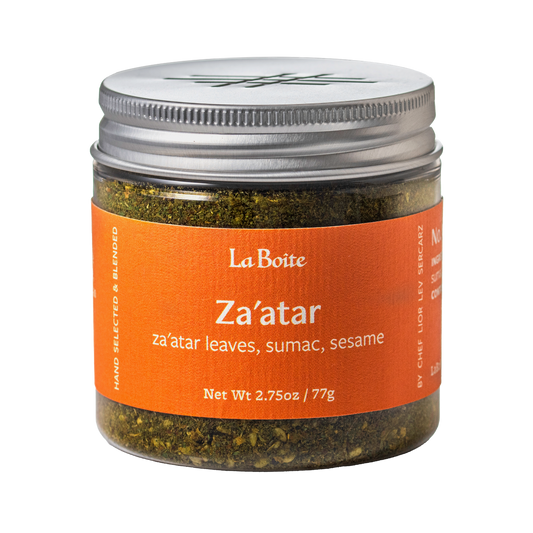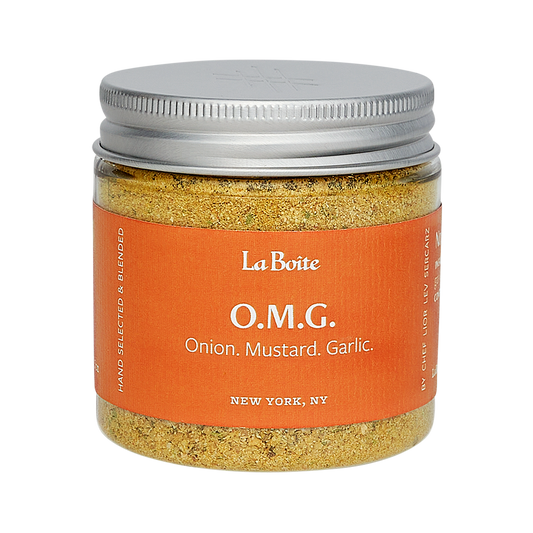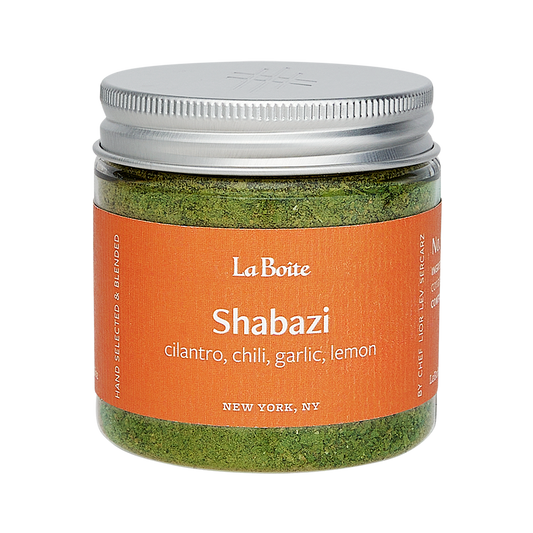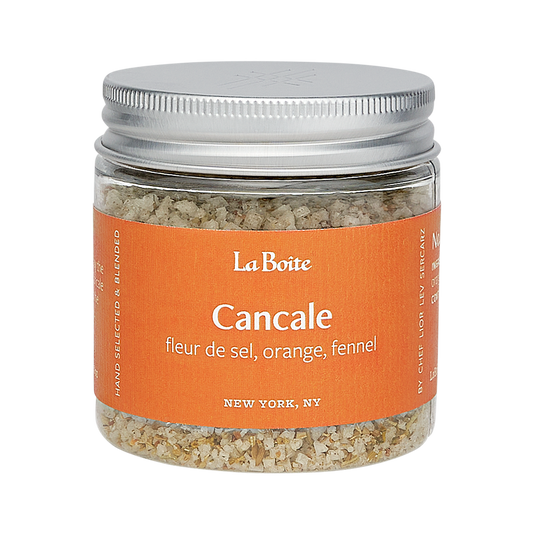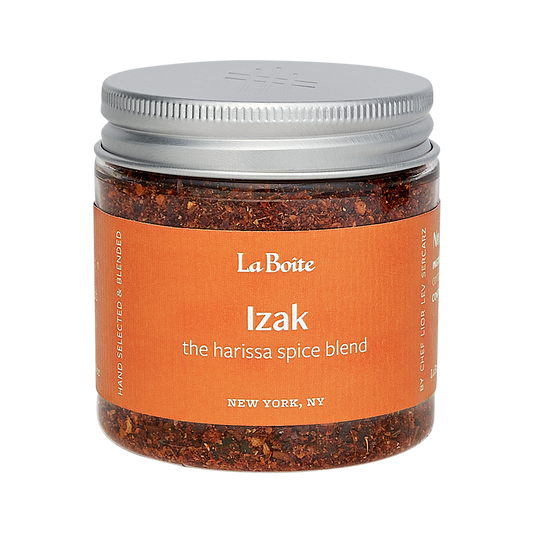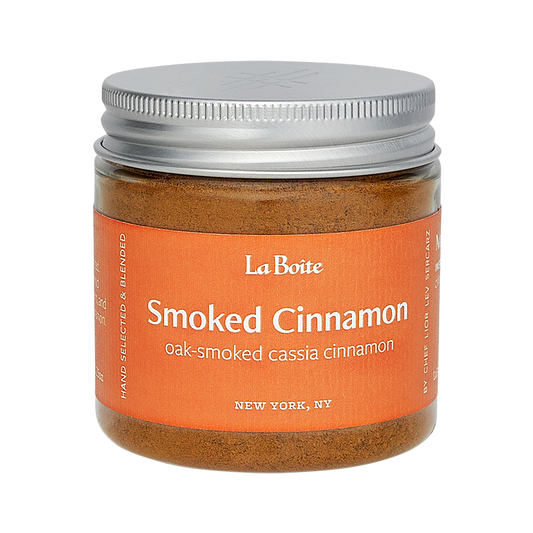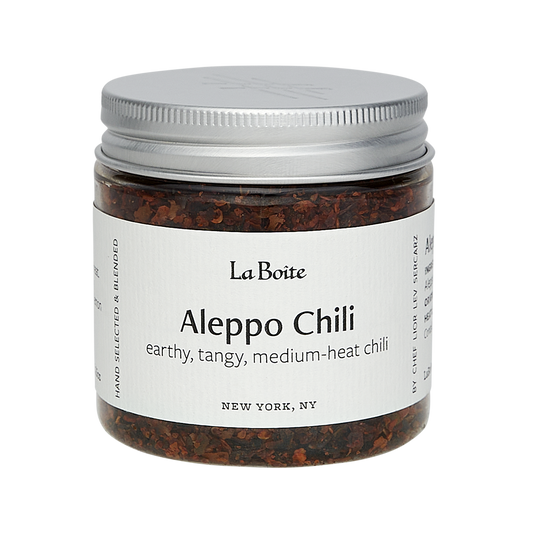This month we catch up with Michael Laiskonis, Creative Director and mind behind the Chocolate Lab at the Institute of Culinary Education.

1. The chocolate lab has been open for close to a year now, tell us more about this unique facility and what it offers to industry and to home cooks.
The idea for the ICE Chocolate Lab began over two years ago when planning for the school's move to Brookfield Place in lower Manhattan from its former home on 23rd Street. Initially, we sought merely to carve out just enough space for a chocolate tempering machine, but the discussion eventually led to 550 square feet dedicated to chocolate and confections, and acquiring a full line of lab scale bean-to-bar equipment (roaster, winnower, hammer mill, cocoa butter press, and ball refiner). This capability provides opportunity across a broad spectrum, from short recreational programs to more intensive study for our career pastry students; perhaps the aspect that excites me most is the ability to become a resource for working pastry chefs by freely sharing all of the insights we discover for ourselves. I think there is a lot to gain by gaining a fundamental grasp of the variability and cause-and-effect of each step of the process, and I hope we can inspire a deepened respect for chocolate and its applications.
2. What are a few traditionally "savory" spices you enjoy using in desserts and why?
I love the subtle use of black pepper, which can lend its warmth to fruits. I’m also a fan of toasted coriander, especially paired with citrus or caramel. Lately I’ve been working on several Latin concepts and applying chili pepper to chocolate, especially smoky chipotle powder, which plays well against the bitterness of dark chocolate. Perhaps my favorite flavor combination, however, is star anise with milk chocolate – a synergy that is often greater than the sum of its parts!

© Michael Laiskonis
3. Name two or three easy and enjoyable ways to develop your palate.
I think that creating a sense of ‘taste memory’ is extremely important. I once read an interview with wine critic Robert Parker, who credits his ability to call out specific flavors in wine to a constant cataloging of aroma and flavor, consciously making mental notes of those tastes and smells we encounter every day but may rarely process on a conscious level. When tasting chocolate in particular, I find it useful to taste two or three bars side by side in order to really notice some of the subtle differences that genetics, origin, and process bring to the table; tasting one variety in isolation may not allow us to detect subtle nuances in flavor that become immediately apparent when tasting two or more in quick succession. Talk about what you taste! I always find it helpful taste in small groups, and to build a dialog around what we are tasting – so often we may notice a familiar flavor but lack the words to identify it without the collective experience of several palates at once.

© Stephen Kenny
4. What's the most unexpected and surprising thing you've learned recently?
Chocolate making presents a steep learning curve, where it seems the more one learns the more complex and mysterious the process becomes. There have been many surprises in my own journey along the way, but generally I am amazed by the variability of characteristics beans from different origins and genetic types exhibit – in flavor, but also in size, shape, color, etc. I've also read of a recent study that suggests the strains of wild yeasts and bacteria responsible for fermentation of cocoa beans may be far more diverse and terroir-specific than those associated with wine grapes (a product that is in many instances defined by sense of place). This is perhaps a huge development that may one day help both farmers and chocolate makers dial in very specific flavor profiles.
5. How about a go-to pastry with about five ingredients?
I don’t do much pastry at home, but a favorite go-to that requires few ingredients and even less specialized equipment is pate a choux – and a bonus that it can find a place in both sweet and savory applications. Here, a classic version I’ve refined over time, with an additional option for a crunchy exterior coating, which not only adds an interesting texture, but also allows for a bigger puff.

© Michael Laiskonis
6. What are you reading right now?
I’m bouncing back and forth between two books at the moment, both (surprise) related to chocolate, but from very different perspectives. One, a 900-page textbook of sorts, is Bernard Minifie’s Chocolate, Cocoa, and Confectionery: Science and Technology and the other, Bread, Wine, Chocolate: The Slow Loss of Foods We Love by Simran Sethi.
7. What's your favorite thing about your life right now?
I love that, despite being kept busy by several part time jobs, no two days are exactly alike for me and that each day presents an opportunity to test, taste, and ultimately learn something new. That daily sense of discovery is what drew me into the kitchen over twenty years ago, and I’m grateful for all the opportunities that continue to fuel that quest for knowledge.

Follow Michael for more updates
Michael Laiskonis joined ICE in 2012 fresh off of an eight-year tenure as Executive Pastry Chef at Le Bernardin. He has long been one of the industry's most creative and talented chefs, noted for having helped Le Bernardin earn four stars from The New York Times and three Michelin stars. Most recently, Chef Laiskonis received the IACP's 2014 Culinary Professional of the Year Award, one of the most distiguished honors in the culinary field.
While Laiskonis is best known as a pastry chef, he spent most of the first half of his career on the savory side of the kitchen. He has also found great success outside the kitchen, as an active writer for publications including Gourmet, Saveur, and The Atlantic, and has appeared on television shows such as Top Chef: Just Desserts.
